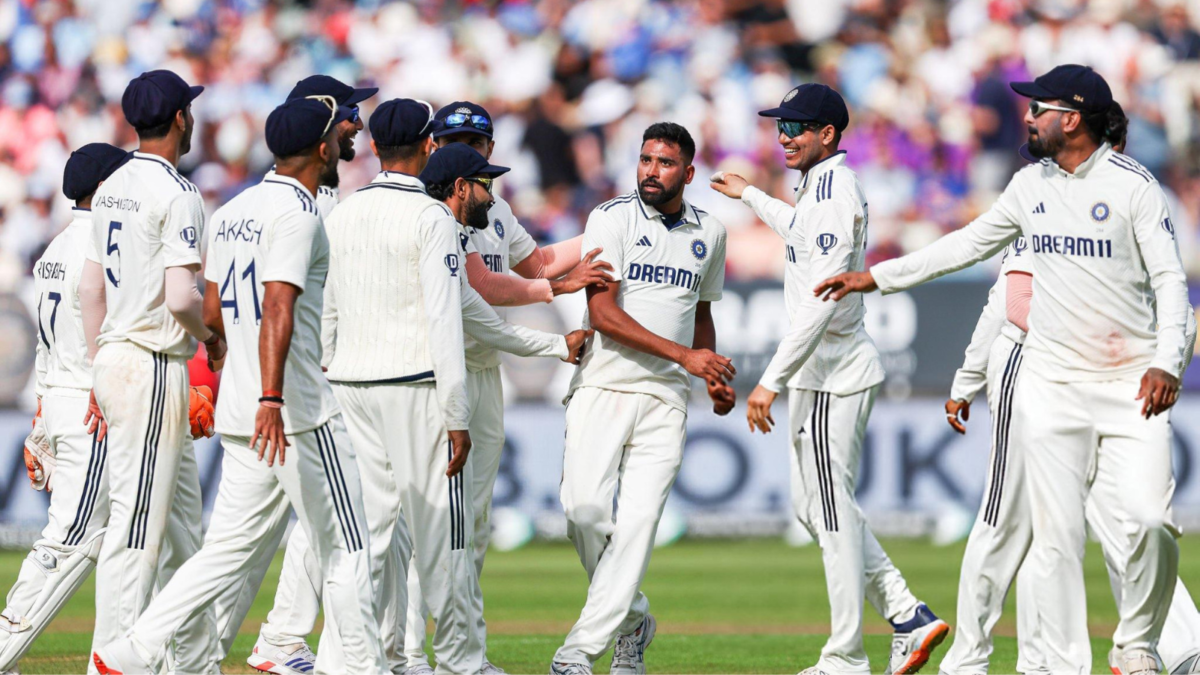
India were dominant in phases, but a collective team effort was missing.

The third Test followed a similar script to the first one: India had their moments but failed to capitalise on them and let the game slip. At Lord’s, the team did most things correctly, but England sustained the pressure for longer periods and eventually won the contest by 22 runs to gain a 2-1 lead in the series. They didn’t win many sessions, but when they did, England ensured to win by a big margin.
There were a few shared sessions, where England mostly had the upper hand. Overall, India were dominant in phases, but a collective team effort was missing. That helped England in the fourth innings when Indian batters failed to apply themselves, and English bowlers bowled in tandem.
We look at three takeaways from the third Test at Lord’s.
One major highlight for India in this series has been their batting, with most top and middle-order batters scoring consistently from the first game. There have been big centuries, double centuries, and massive team scores. However, the team has still been susceptible when conditions were even slightly tricky, like at Lord’s.
This was visible twice in the third Test when most batters failed to counter movement, including the mainstays like Yashasvi Jaiswal and Shubman Gill. They were never settled on the crease and were clearly in doubt, seeing the ball doing a bit in the air or off the surface. They might still manage and score big in the remaining matches of the series since the pitches will be flat, but this batting unit can have issues in other conditions, including at home.
ALSO READ:
Dhruv Jurel is a better wicketkeeper than Rishabh Pant, which was again proved at the Lord’s Test, where the former kept wickets for most of both innings. Pant injured his finger while behind the sticks and played as a batter for the remaining game. However, Jurel impressed with his wicketkeeping technique and took a few catches, along with stopping runs while diving all around.
That suggests he can be a long-term wicketkeeper batter, with Rishabh Pant playing solely as a batter. Pant is skilled enough to play as a batter alone and has proved it numerous times in his Test career. However, it would help him if the wicketkeeping load goes off him, given his injury issues, and Jurel is anyway a better keeper.
When India selected Washington Sundar in the second Test, the focus was on batting depth, a reason they didn’t pick Kuldeep Yadav as their second spinner. However, Washington showed his craft as a bowler and did exceptionally well, especially in the Lord’s Test. He took four wickets in the second innings, where his improved bowling expertise was visible.
This game confirmed that Sundar is not only a condition-based bowler but can pick wickets anywhere. Ravindra Jadeja’s overseas bowling has taken a hit lately, so Sundar can be that finger spinner who can do the heavy lifting as an attacking bowler. This game has all but sealed his Test spot whenever India require two spinners in overseas conditions.
For more updates, follow CricXtasy on Facebook, Instagram, Twitter, Telegram, and YouTube.